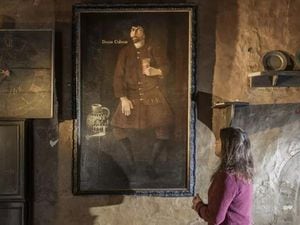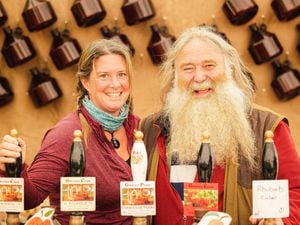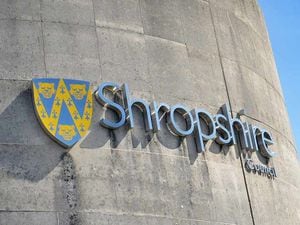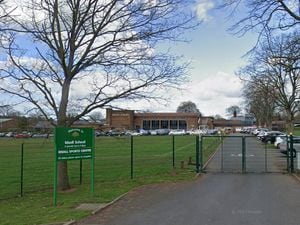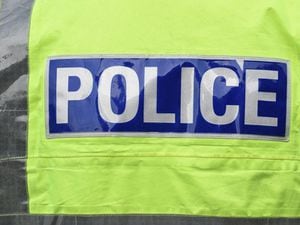Apollo 13 – Thursday, April 16, 1970
THURSDAY, APRIL 16, 1970
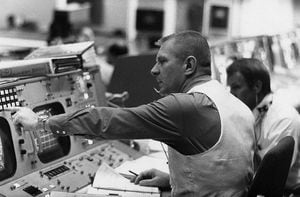
They had been through the mill, a rollercoaster of tension and near disaster.
Now every second, every minute, every hour, was bringing the crew of Apollo 13 closer to home.
So far the astronauts, and the mission controllers on Earth, had with resourcefulness and ingenuity improvised solutions to the host of problems which were thrown up during their dire predicament after an explosion had wiped out the major systems of their spacecraft.
However, they now faced one hardship to which there was no resolution. With systems powered down as much as possible to preserve their meagre and crucial electricity supplies, they were very cold.
Crewmen Jim Lovell, Fred Haise, and Jack Swigert, were using the undamaged lunar module, called Aquarius, as a lifeboat.
That was cold enough. But Odyssey, the indispensable space capsule to which Aquarius was linked by a tunnel, was barely above freezing. Swigert estimated the temperature at between 35F and 40F.
At one point Lovell got out some hot dogs to eat to find that they were virtually frozen. Don't bother putting a refrigerator on board next time, he joked with the Houston controllers.
The crew's clothing, comprising cotton full body underwear, and flight coveralls made of Teflon fabric, was inadequate.
They were also very tired. They had slept poorly due to the stress of their situation, and now to make it yet more difficult the intense cold penetrated their sleeping bags, although Haise did manage to find a place in the docking tunnel which was slightly warmer and get in about four or five hours' sleep in an upside down position.
The atmosphere was very damp as water in their breath and from perspiration condensed on the cold surfaces, creating a film of moisture over everything.
Apart from making life very uncomfortable, the cold and damp were serious concerns. What if Odyssey, the only part of Apollo 13 that would return to Earth, was so cold that it could not be brought back to life for re-entry? And as it was roused from hibernation, might all that moisture cause an electrical short circuit?
They would have survived so much, only to die in an onboard fire at the last hurdle. Or maybe, if the explosion had damaged the heat shield on Odyssey – and it was impossible to know – they would burn up on re-entry.
And another thing which added to the unpleasantness was that they had been advised not to dump urine, as it would simply add to the debris field which was clinging to the spacecraft. So they were storing urine anywhere they could all over the spacecraft.
On top of everything else, Haise was ill with a urinary infection, and was developing a fever.
The survival of the crew so far had been a massive and impressive team effort, an attitude summed up in a fictional quote used in the 1995 movie about the mission, spoken by actor Ed Harris playing the part of flight director Gene Kranz: "We've never lost an American in space; we're sure as hell not going to lose one on my watch. Failure is not an option."
Although Kranz never said it, his 2000 autobiography was called Failure Is Not An Option.
In the most difficult and tense circumstances, the crew had remained calm. Now, on Thursday, April 16, 1970, they were on the final leg of their journey.
As they approached Earth they were in a three-part spacecraft combination unique for that stage of a moon mission, as had all gone to plan Aquarius would have been abandoned and given up to the moon long ago.
While Apollo 13 had had bad luck, within that bad luck was some good luck. They were moonbound 180,000 miles from Earth at the time of the fateful explosion on April 13. The accident had happened when the lunar lander was still unused, with its full complement of power, fuel, and supplies.
Without them, and without it, the outcome would have been very different. It would have been a lifeboat without supplies and without oars.
Despite the cold and miserable conditions on board, there were still pleasures to be had. Controllers at Houston directed the astronauts to a food locker in the lunar lander.
"It came at the right time," radioed back Lovell.
It seems likely it contained hidden edible goodies, gifts from Marilyn Lovell and Mary Haise for their husbands to enjoy on their landing on the moon.
It was, of course, a landing they never got to make.

